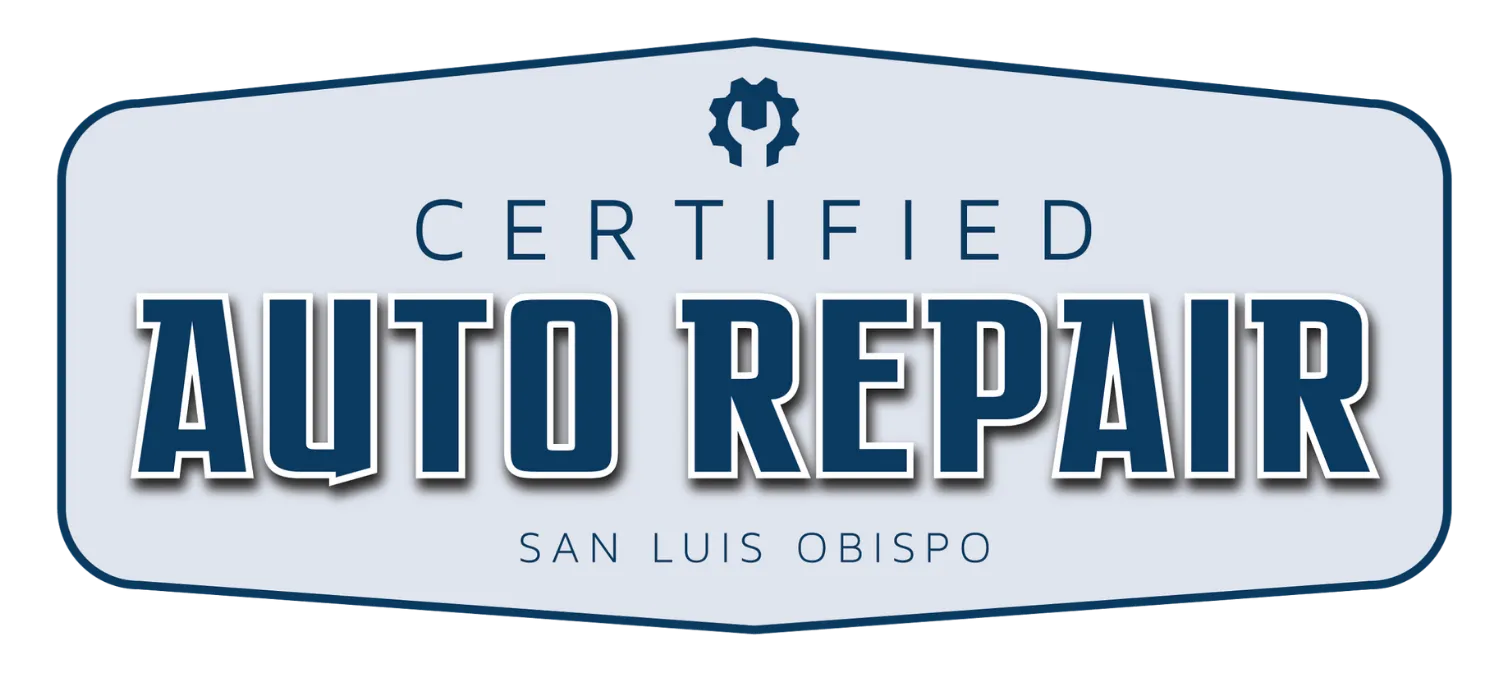
Taking the proper steps to maintain your car is easy to overlook these days, but that should prevent every car owner from taking basic preventative steps to keep your car running smoothly — no matter how modern and technologically advanced your vehicle is. So our San Luis Obispo automotive repair team is here to provide you with a checklist of basic steps every car owner should take to keep your vehicle on the road.
LUBRICANTS
All it takes is one leaky gasket to suck the oil and life out of your vehicle. In addition, with the recent reliance on synthetic oils, which do not contain paraffin wax, the incidence of oil leaks is becoming more common. In traditional oil, the paraffin waxes naturally found in it has a self-sealing property that closes up small leaks. Nowadays, the tiny molecules of ultra-refined synthetic oils are seeping right through the tiniest cracks.
While oil damage and using the wrong kinds of oil often cause the most serious failures, there are many other issues to look out for every time you have service.
FUEL SYSTEM
If you do not bring your vehicle to an auto repair shop to perform regular maintenance and inspections of your fuel system, you can wind up on the side of the road with an expensive repair bill. The fuel filter is one of the most neglected parts in the system. A fuel filter should typically be swapped out every two years or sooner if you do a lot of driving or buy cheap gas.
The fuel filter prevents particles from getting to the fuel injectors and helps to ensure that they atomize fuel correctly and are not gummed up. Leaky injectors, poor spray patterns, and gummed up injectors that do not open will all cause misfires, poor fuel economy, and will slowly destroy your engine.
Cleaning the injectors, every 15,000-20,000 miles or so, is another item that is often neglected. Routine maintenance of the fuel system will help you pinpoint problems if there is a running issue and will extend the life of your fuel pump and other parts.
FUEL MANAGEMENT SYSTEMS
Aside from the hardware, you also have sophisticated sensors and computers in your vehicle that map out the optimal performance variables. The oxygen sensors are located in the exhaust system and help your engine dial in the ideal fuel-to-air ratio. There are also MAP and MAF sensors that help calculate the volume, temperature, and pressure of air induction.
In addition, you have coolant temperature sensors that help your vehicle to formulate the right level of fuel for maximum efficiency. Replacing these sensors only if they trigger a check engine light is a bad idea. Many times, these sensors simply build up internal resistance over time and never trigger a diagnostic error. A qualified auto repair shop will simply replace them after a few years or after an exorbitant number of miles.
IGNITION SYSTEM
The ignition system delivers a reliable spark to promote maximum combustion. Nowadays, the spark plugs often have platinum electrodes that do not degrade as quickly as copper. Therefore, they only have to be checked every 30,000 miles and replaced at about 100,000 miles. If they are not checked for pitting, fouling, and other damage, then they can cause misfires and may also seize in the engine if locked in place for so long.
OTHER COMPONENTS
Another aspect of routine maintenance is seasonally checking the health of the battery, alternator, and all the electrical systems. Generally, the batteries die because they evaporate electrolyte and overheat. Although they tend to die in the winter, this is only because the chemical processes are slowed down and the weakness becomes more obvious.
If you want to keep your car driving like new for a long time, a little preventative maintenance is all it takes. If you’d rather the pros handle your car maintenance, Certified Auto Repair in San Luis Obispo is always here for you.
